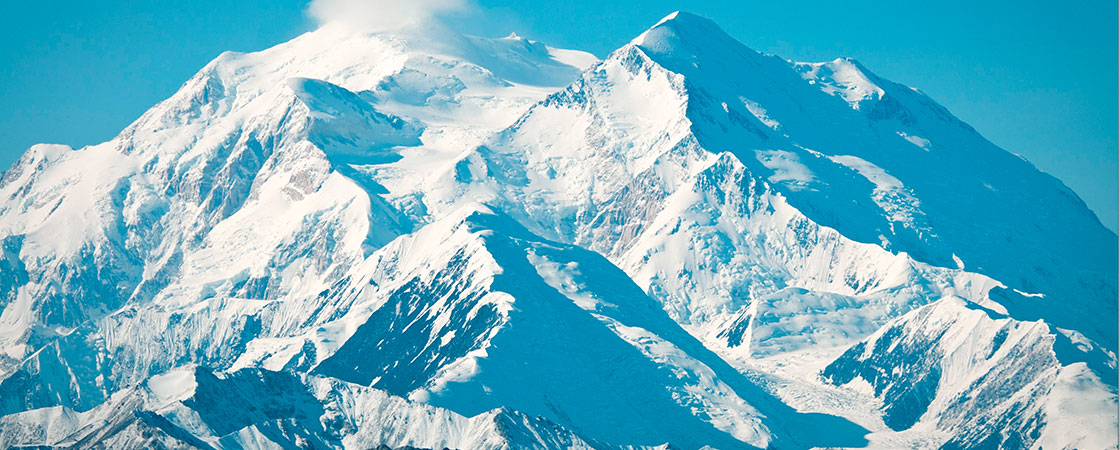For more than a century, brave adventurers have attempted to climb Denali—a 20,310-foot-tall mountain in Denali National Park and Preserve, in Alaska. It’s a tough challenge. At such heights, the air is thin and it’s difficult to breathe. The terrain is rocky and rough, and it’s extremely cold, with temperatures plummeting to as low as 73 degrees below zero. The weather can be unpredictable too. Violent storms can unleash avalanches and icy, skin-ripping winds. Over the years, at least 100 people have died on Denali.
Back in the early 20th century, only a few intrepid scientists and adventurers dared climb this fearsome mountain. Then, in the 1970s, more people began trying to reach the summit, thanks in part to the development of better gear. Last year, more than 1,000 people made the climb.
For most mountaineers, it takes about three weeks to get to the top and back down again. So for the three weeks climbers spend on the mountain, what do they do with their poop? After all, there are no bathrooms or outhouses on Denali.
The answer is that until very recently, most climbers tossed their waste into a crevasse—a deep and narrow cavern in the ice. It was thought that over time, the ice would crush the poop and it would naturally dissolve.
Unfortunately, that didn’t happen. The poop left on the mountain has not disintegrated. Instead, it has been preserved in the ice, the same way a steak is preserved in a freezer.
Now, because of climate change and rising temperatures in Alaska, more and more ice is melting, which means more and more frozen poop is melting too. Once it’s thawed, that waste can cause problems.
For example, the thawed poop can contaminate the snow that climbers melt for drinking water. (Climbers drink melted snow because lugging enough drinking water for three weeks would be too cumbersome.) Consuming even a little bit of contaminated water can make a climber sick.
What’s more, as the ice melts, the poop is carried down the mountain. Eventually, it appears at lower elevations, where it can end up in waterways. Already E. coli, a type of dangerous bacteria found in feces, has been discovered in one nearby lake and a river. Fortunately, neither is a source of drinking water, and the levels of E. coli are too low to be harmful to people.

